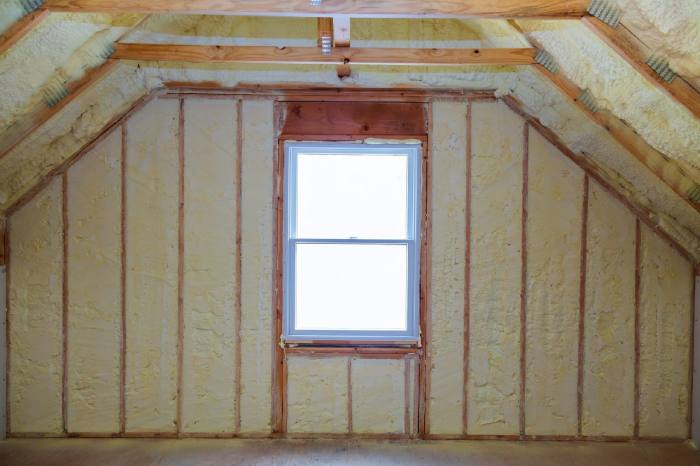The motivation of this section is to examine the variations in the teaching approaches in architecture schools. The classification of teaching models can shed light on the way architectural education curricula are designed, and whether they should be altered to address the concerns of emerging architects.
The objective of this blog is to identify and describe alternative models that have been proposed by scholars at various institutions. In contrast to the traditional model, most models emphasise the social concerns of society and advocate the introduction of realistic design problems.
Position of universities
Peter Buchanan (2012) suggests that it is time to rethink almost everything (including architecture) that touches our lives. There is a dearth of research-led practice in universities, creating a suffocating atmosphere for architectural practice.
Buchanan, in the essay ‘The Big Rethink’, sustains that, dominated by the postmodern mindset, the history and theory departments of a university, houses and appoints most PhDs with vast knowledge only in specific fields. ‘Besides, too often, studying for a PhD can ruin promising students, leaving them fit only for a career in architectural education’ (ibid.).
So even when their research might boost the ratings and funding of a university, they don’t contribute much to the rest of architectural education. Buchanan (2012) notes that according to many professors, for a generalist subject such as architecture, its school doesn’t belong to a university.
The role of architectural education
Donald Schön, in his book The Design Studio, proposes that studio-based learning encourages students to become reflective practitioners and teaches them how to engage in the process of continuous learning (Schön, 1985).
Moreover, changing social demands and unstable economic scenarios have always forced academics and scholars to devise innovative approaches that are more effective and focused.
‘Experimental learning’ in design studio has been the most popular approach of educating students in all schools of architecture. This trend first developed during the late 1960s, when several new models were advanced, based on two separate phases of the design process, namely analysis and synthesis.
The main criticism of this approach was that students were not able to complete their projects on time and lacked the skills to translate the results from the analytical phase to a synthesising design solution (Salama, 19950).
The Roles and Characteristics of Architects
The field of architecture encompasses a multitude of roles which are built around the types of projects architects undertake, the value systems they follow and the attitudes that they develop (Salama, 1995).
In the article ‘Listening To Architecture’, James Ackerman (1969) labels architects as egoistic and pragmatic. Straus and Doyle (1978) hold that the architect’s creative problem-solving skills to design a workable environment make them critical enablers of the process; Burgess et al. (1981) identifies one of the roles of architects as facilitators.
Ledewitz (1983), who considers architects as a resource for the community, suggests their other two roles; architects as technical assistance givers and architects as advocates.
To justify his augments, Ledewitz distinguishes this role from traditional practitioners by saying that the ‘technical assistance giver tries to be responsive to the poor by being accessible and affordable to low-income communities…[where clients] can state and articulate their objectives and can identify their problems independently’ (cited in Salama, 1995); whereas an advocate is concerned more with the political context of the community group.
Popular models of teaching architecture
Many scholars have proposed different models for teaching approaches in design studios. Salama (1995) identifies and analyses ten models in detail, which are considered briefly in the following table.
While these models require tweaking and adjustments to accommodate the specific requirements and cultural settings of design projects, most have undergone significant changes from the time they were originally proposed.
Thus, it has been argued that the design process is situated between analysing a problem and devising solutions. The prominent elements of a design process can be understood as problem identification, brief formulation, hypothesis generation, validating solutions, making choices and producing proposals (Salama, 1995a). Each educational model has its own merit in bringing motivation and relevant skills to the design studio.
. One could also argue that there are fundamental differences among architectural educators, where each instructor invents a bespoke approach for teaching students the use of different models. Confronted with different approaches in a studio environment, students often find themselves overwhelmed with diverse opinions on their work.



































